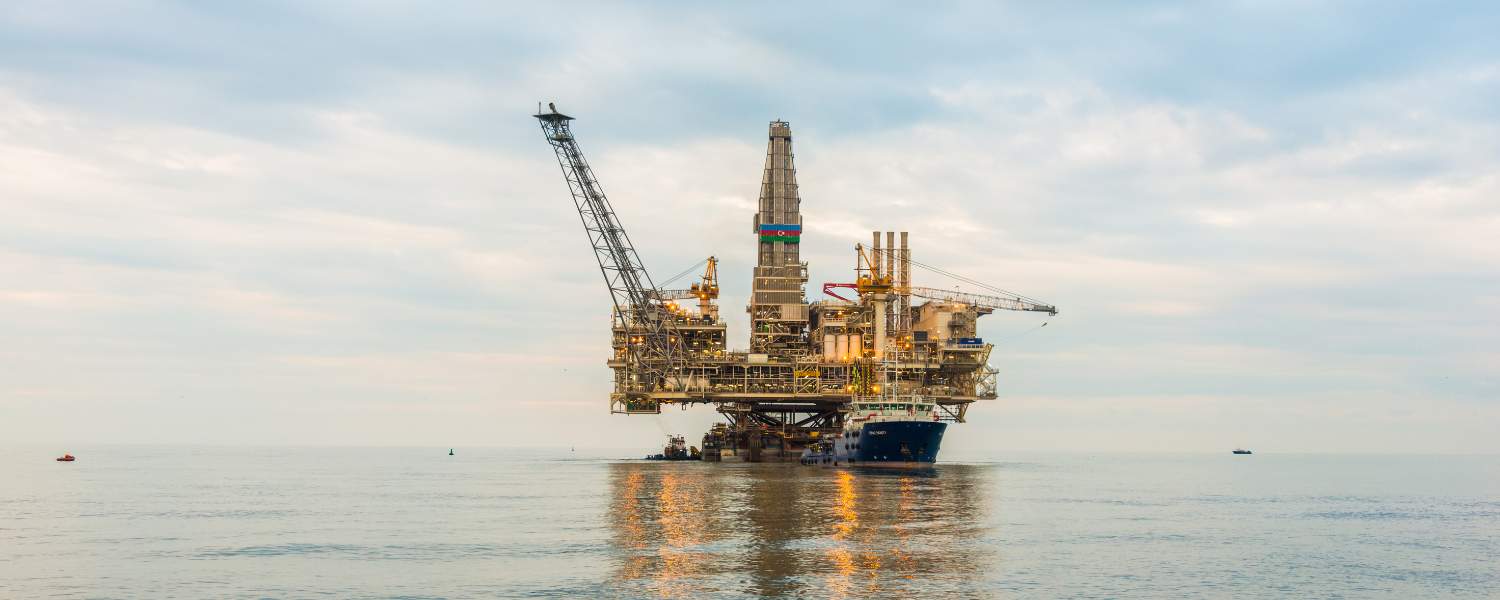Project
Monitoring Integrated Digital Support Tool - for CO2 and hypersaline brine monitoring applied to UK

Active project
Project start: September 2023 | Project end: September 2024Funder: UKRI/EPSRC via UKCCSRC
Principal Investigator: Dr Marius Dewar
In MIDST-UK, an open source, user friendly, pre-operational Decision Support Tool (DST) will be extended to also included brine release (high salinity, high temperature and varied contaminants) for impact assessment, monitoring, and detection criteria. Case studies are then to be developed within potential UK CCS sites, where the DST can design a site-specific marine monitoring program that ultimately enables operators and regulators to quantifiably assess proposed monitoring strategies deliver an acceptable standard of assurance for stakeholders.
In MIDST-UK, an open source, user friendly, pre-operational Decision Support Tool (DST) developed in collaboration with eight international partners and a high level of interaction with stakeholders, will be extended to also included brine release (high salinity, high temperature and varied contaminants) for impact assessment, monitoring, and detection criteria. The DST effectively develops a digital twin of a site based on big data analysis, then enables the operator to explore different sensitivity thresholds and determines an optimal sensor deployment strategy, based on local hydrodynamics and seabed features. The DST can design a site-specific marine monitoring program that ultimately enables operators and regulators to quantifiably assess proposed monitoring strategies deliver an acceptable standard of assurance for stakeholders. For the first time, this allows a quick and full impact assessment of both CO2 and brine releases (natural and production if applicable) within the DST. Case studies are then to be developed within potential UK CCS sites (Northern North Sea, Southern North Sea, and Irish Sea) with big data collection and analysis for each site required to provide input to the toolbox to develop a digital twin of the location, giving the best possible representation of the area. The benefits of which are, with large high-resolution datasets, the DST can use the data prepared to resolve the algorithms at speed providing multiple different scenarios quickly and cheaply without the need for expensive computing time. This enables operators to properly plan, cost and adapt effective environmental monitoring strategies to site specific circumstances whilst minimizing cost, but also enables regulators and operators to communicate the effectiveness of proposed monitoring strategies to enable informed societal consensus in view of marine spatial planning.